What happens when you flush the toilet at Europe’s highest railway station?
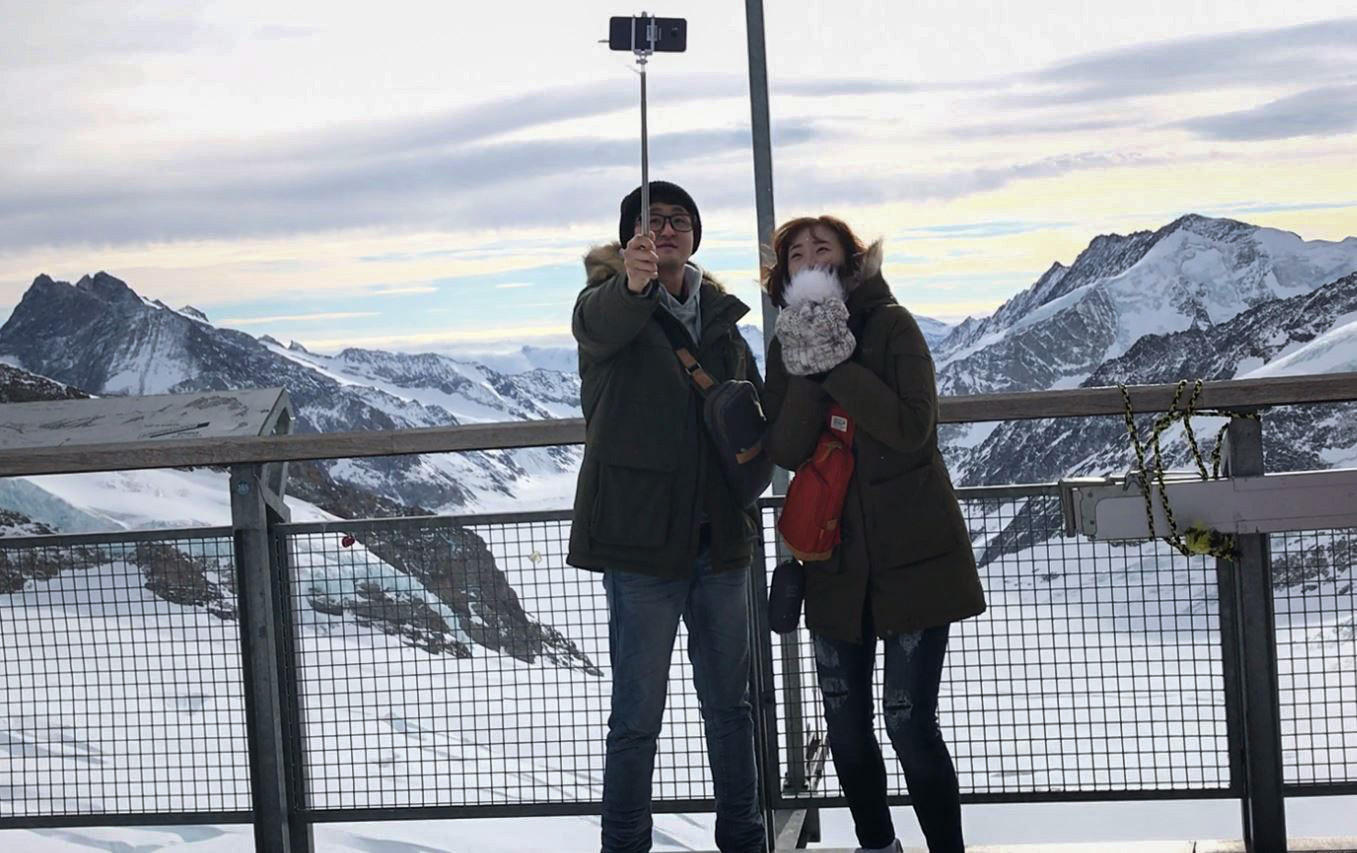
swissinfo.ch went behind the scenes at one of Switzerland’s highest tourist attractions, the Jungfraujoch, to find out what it takes to keep over a million visitors hydrated, fed and breathing.
It is a little after 7am on a dark January morning but the Grindelwald railway station is already packed with excited Korean tourists wanting to take the first train to Jungfraujoch. At 3,454 meters it is billed as the “Top of Europe” experience.
Visitors pay a small fortune (about $200) to ride the train the ten or so kilometres up the mountain from the village, and back down again. It’s the price they pay to take pictures of the unparalleled views, have a snowball fight or eat a curry lunch at Switzerland’s high-altitude Indian restaurant.
Technician Toni Eilert makes the journey almost every day, and for free. The 57-year-old takes the first train up from Grindelwald with the tourists. swissinfo.ch followed him around to see what his job entails.
With the bunch of keys he carries with him, it is not too difficult to imagine Eilert as a prison guard. But it’s machines he needs to keep his eye on, not inmates.
The tall, burly and bearded man is always on the move. Following the Jungfraujoch old hand on his rounds involves a lot of walking through tunnels, and peering behind doors that are out of bounds to the general public.
One of the first “secret rooms” Eilert shows off houses the transformers. The two behemoths emit an almost pleasant hum.
“The Jungfraujoch complex has its own hydropower station down in the valley. The plant sends electricity up at 60,000 volts and the transformers convert it into 230, 240 and 400 volts,” says Eilert.
Electrifying meltwater
When it snows heavily in winter the Jungfraujoch must buy electricity from another company. In summer, melting ice and snow means they have excess energy which they sell back to the grid. This is very high tech but the backup power generation system is definitely last century. Toni affectionately pets the giant green diesel-electric engine that looks like it could belong in a locomotive.
“The head of the engine is always warmed up which means that it is in pole position when we need it. It can power the station for 10 days to two weeks,” he says.
Next stop is the pump room which is a maze of pipes and valves in all sorts of colours. This is the network which ensures the required 15 litres of water a day per visitor, obtained by taking meltwater from the glacier below and pumping it back up. Toilets consume more than half of the total water supply, and the 30,000 to 40,000 litres of wastewater produced on an average summer’s day is piped down to a water treatment plant in the valley.
The pump room also houses the sprinkler system. The entire Jungfraujoch complex burnt down in 1972 and new sprinklers are designed to prevent that from happening again.
“It is quite special as it uses air instead of water, which would freeze at this altitude. The air is released when an alarm triggers a sensor that allows water through the pipes to extinguish fires,” says Eilert.
The Sphinx
A highlight of Eilert’s tour – and maybe the main reason for the Jungfraujoch’s existence – is a visit to the Sphinx observation deck. This is where one can gaze up at the surrounding peaks, including the Jungfrau and Mönch, and down at the longest glacier in the Alps, the Aletsch.
Two high-speed lifts whisk visitors up to the Sphinx in just 32 seconds. But Eilert goes a different way. After fiddling with his keys, he opens a door leading to an old, wood-panelled lift no longer used by guests. It takes four-times as long to reach the top, but it’s an exclusive service since we don’t have to share the ride with tourists. And if we get stuck, Eilert surely has a key or tool to get us moving again. On average, people get stuck in the normal lifts two to three times a year.
“People from Asia are pressed for time and press the lift buttons hard and treat the doors roughly.”
He adds reassuringly that his team can usually free them in a quarter of an hour or less – which could seem like a lifetime if you’re the one trapped inside.
A few screws missing
By the time we get there, the Sphinx deck is already packed with tourists snapping pictures with their phones, many using selfie sticks. Normally, one would gaze in open-mouthed wonder at the snow-covered peaks but Eilert is checking the metal-gridded floor. Two days ago a section came loose and had to be screwed in again. A scary thought, when you consider the sheer drop onto the ice and rock below.
Luckily, no visitors have fallen off the edge, requiring Eilert’s first-aid skills. The most common health issue face by tourists is a lack of oxygen at this altitude.
“Most Asian visitors live at sea level. They hurry around, get exhausted and need to be revived with oxygen,” he says.
Or food.
All that walking around also builds up an appetite. The supplies for the four restaurants inside the complex have to be hauled all the way up by train. Last year, it amounted to about 286 tons.
1. The objects that most frequently need repairing are doors and gates.
“Lots of people pass through, don’t look at the signs and pull at the door or gate and destroy it.”
2. The most unusual request he has received is from a tourist asking him to retrieve his dentures. They had fallen off while he was leaning over the railings at the observation deck.
“I put on a harness and went down with a rope. I gave him back his dentures and told him he doesn’t need to eat only soup for the rest of his holidays!”
3. It is easy to get lost in the vast Jungfraujoch complex.
“It takes around half a year for a new recruit to learn the layout perfectly.”
4. It might always be cold at almost 3,500 metres but air conditioning is needed in summer.
“All the glass heats up the place in summer. As winds of 90 to 100km/h are quite common the windows cannot be opened.”
5. There are no diesel engines at Jungfraujoch for a specific reason.
“The observatory at the Sphinx station measures carbon emissions and any pollution could affect scientific readings.”
6. One of the lifts has a secret escape door. It is the oldest lift in the complex and is seldom used.
“You have to be pretty athletic to get down via the elevator shaft.”
7. Avoid rush hour by steering clear of the 10-11am peak traffic period.
“Three trains reach the Jungfraujoch station during this time and they unload a lot of passengers within a short span of time.”
8. Visitors do not have access to the “loo with a view”.
“The scientific observatory toilet has the best views of any loo in the world.”
9. It is tough to find the right people for the job.
“We have been looking for an electrician for over a year. A lot of people see the ad and call you but are not really qualified.”
10. They may work long hours in tough conditions but employees have a cool perk.
“In winter we bring our skis up with us on the train and ski down (the last section) after work.”
Eilert orders a tea during his break and reminisces about how he ended up with a job at the “Top of Europe”.
“In 2001, they put up an advertisement in the newspaper for someone with a technical background and I applied. I used to work in construction and have also driven trucks and excavators,” he says.
It takes new recruits between two and three years to learn everything they need for the job. The company gets a lot of applications whenever a new vacancy arises but finding the right candidate is difficult. Luckily for Jungfraujoch’s management, Eilert still has another eight years to go before he has to hand over his beloved keys.
A total of 1.042 million tourists visited Jungfraujoch in 2017. About 70% of the visitors come from Asia – mostly from China, South Korea, India and Japan. Summer is peak season when the station gets 5,000 tourists a day while winters are quieter with between 1,000 to 1,300 visitors.
However, Jungfraujoch is not the only high-altitude visitor centre for tourists in a hurry. Other popular panoramic destinations include TitlisExternal link (3,020m, return ticket from CHF92), Rigi KulmExternal link (1,798m, day ticket from CHF50), SäntisExternal link (2,502m, return ticket from CHF45) and Rochers-de-NayeExternal link (2,042m, return tickets from CHF70).
Visit the Switzerland TourismExternal link website for other picturesque destinations served by mountain railways and cable cars.

In compliance with the JTI standards
More: SWI swissinfo.ch certified by the Journalism Trust Initiative

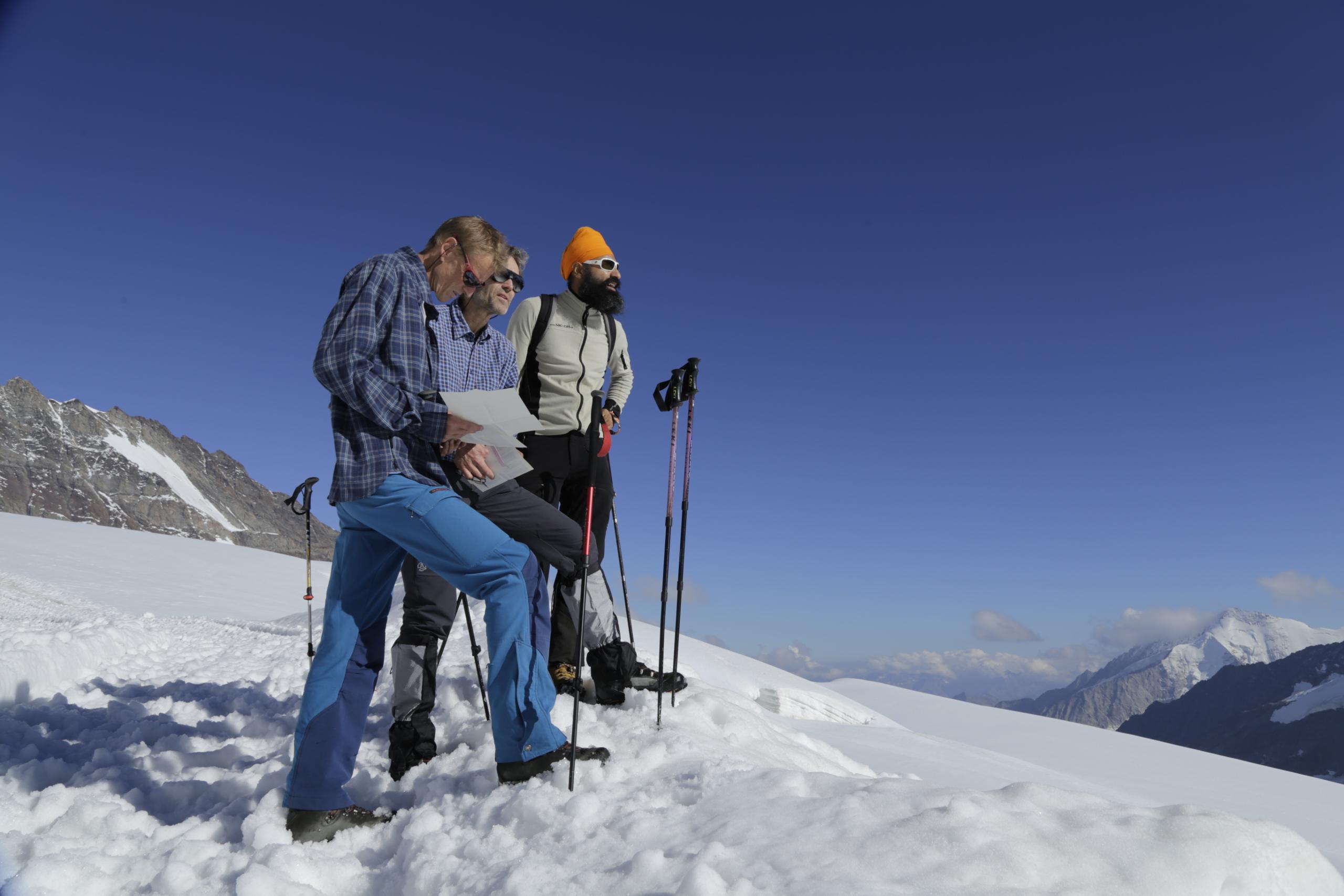
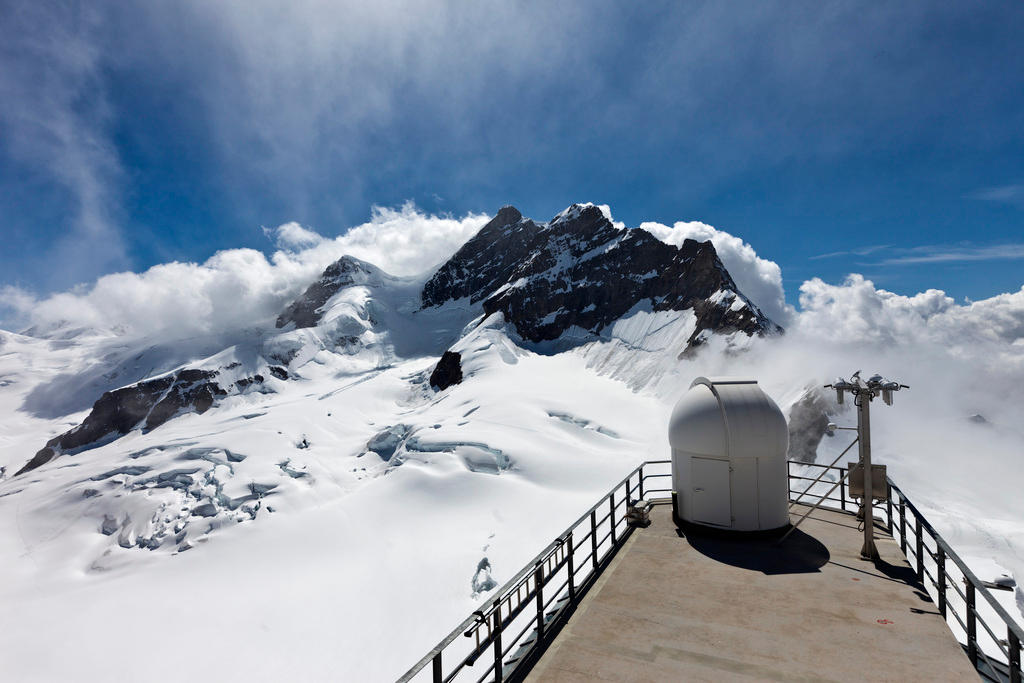
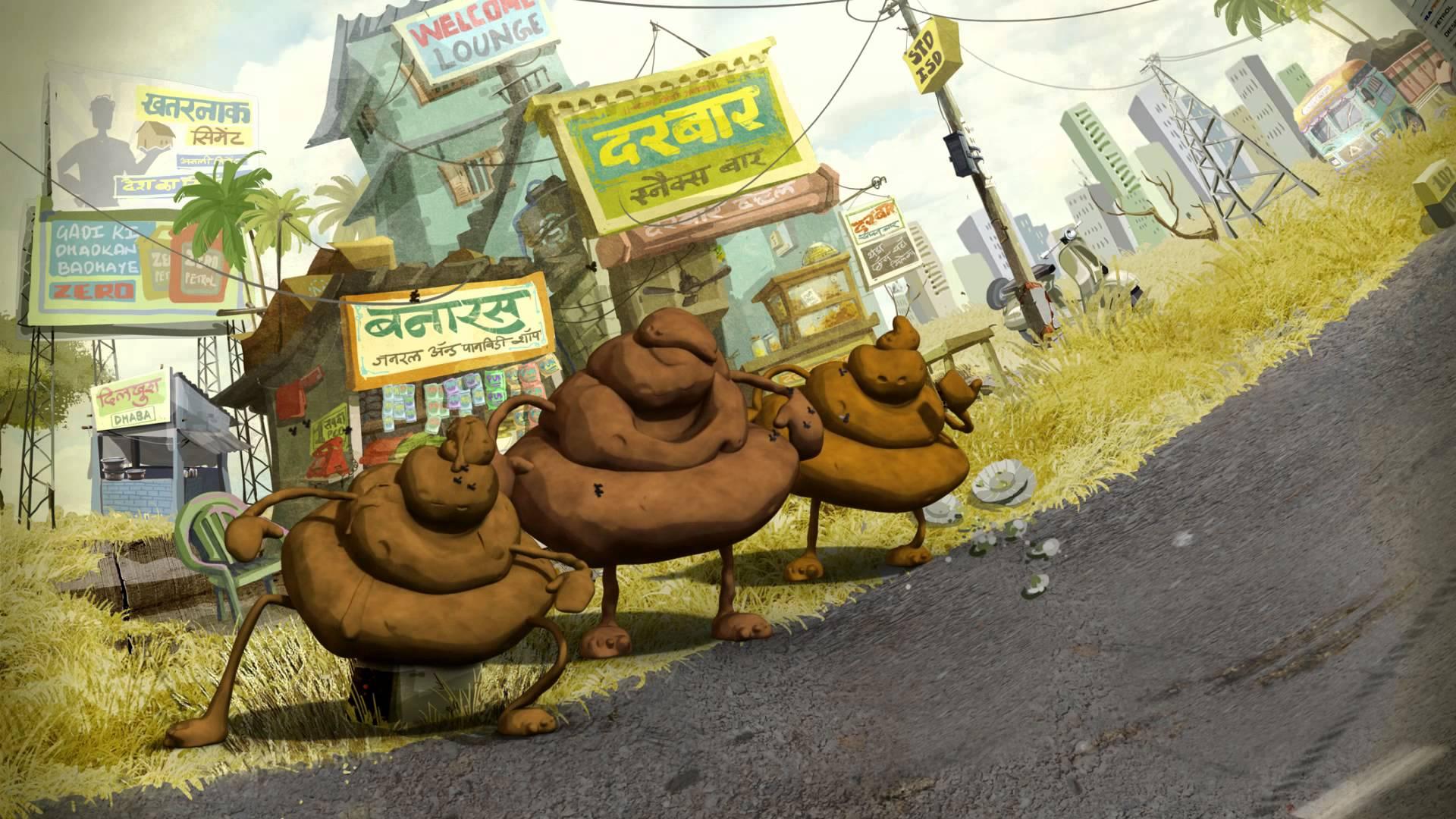
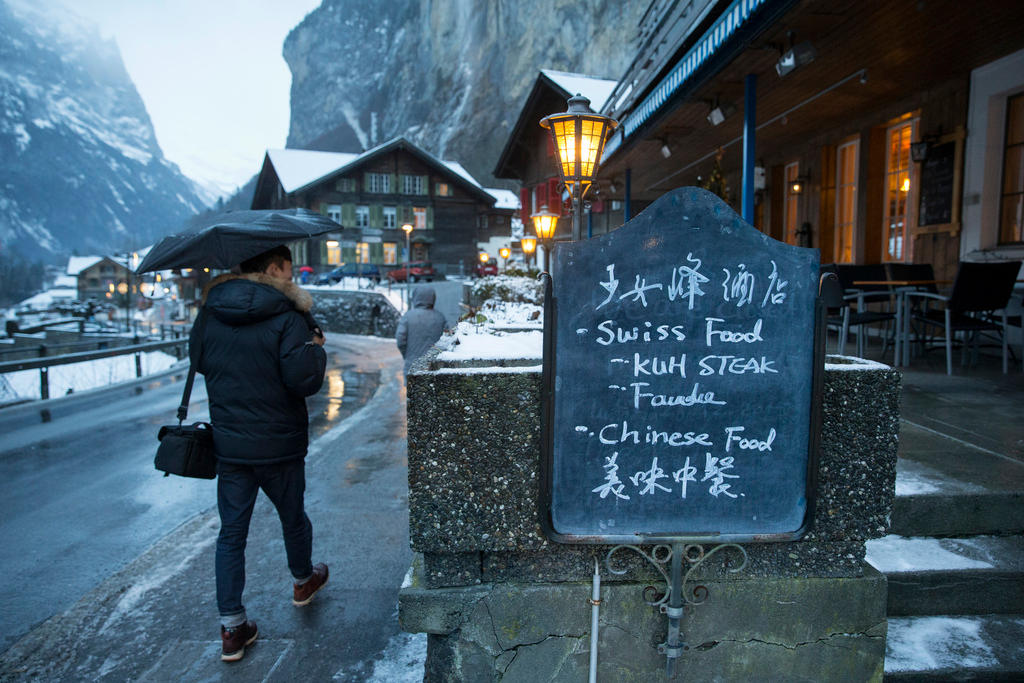
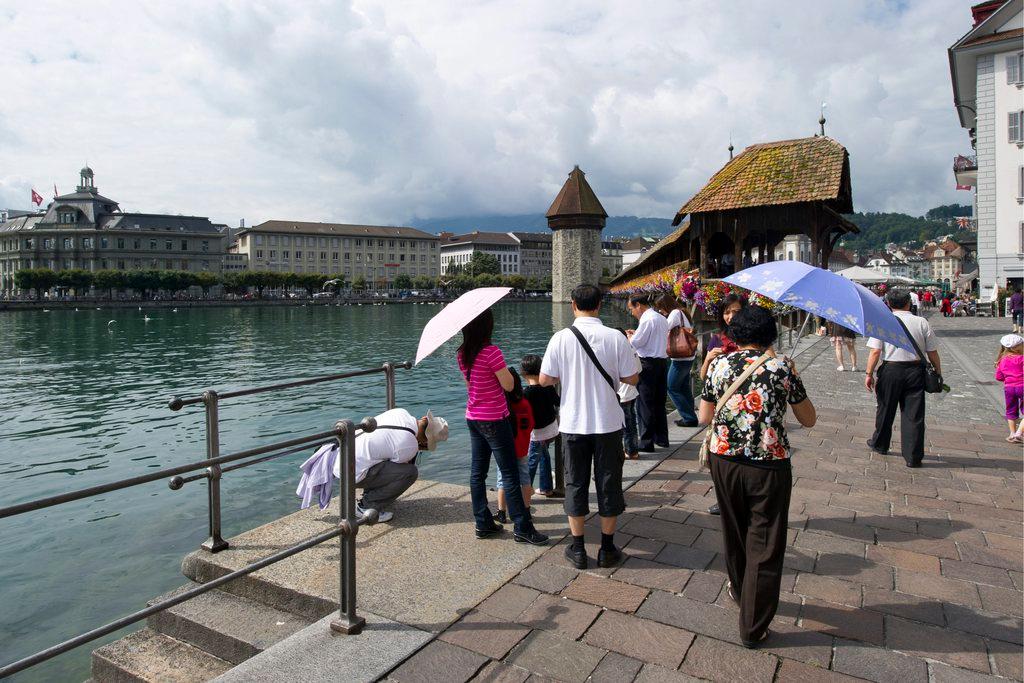
You can find an overview of ongoing debates with our journalists here. Please join us!
If you want to start a conversation about a topic raised in this article or want to report factual errors, email us at english@swissinfo.ch.